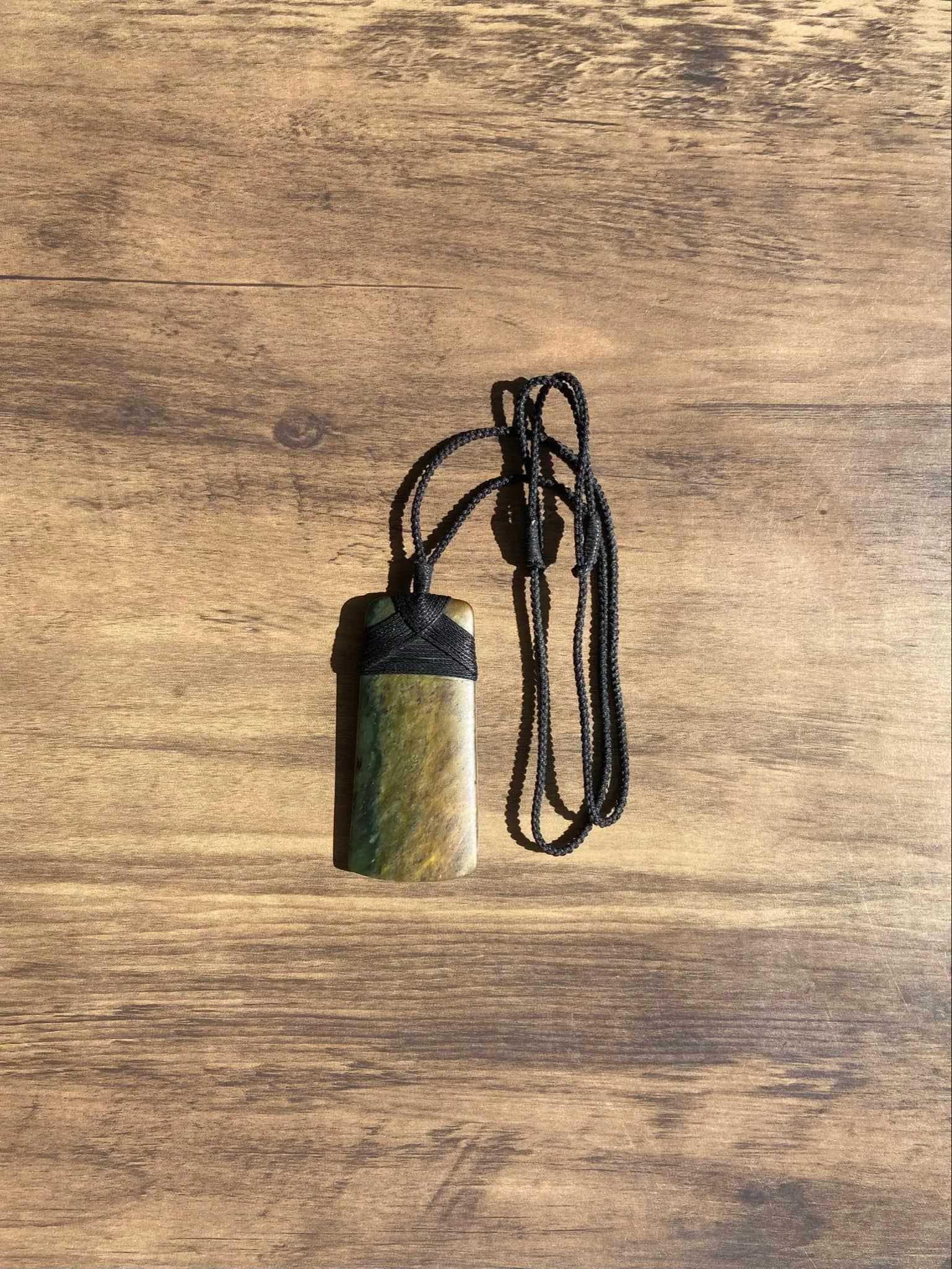Fayne & Caleb Robinson, and Tutoko Wallace
Revitalizing Māori Carving Traditions
Tutoko Wallace, photo courtesy of the artist
On the South Island of Aotearoa (New Zealand), master carver Fayne Robinson (Ngāi Tahu) has spent over four decades preserving and advancing the Māori art of whakairo (carving). Inspired early on by his mother’s passion for Māori weaving and artistry, Fayne studied at the renowned Te Puia Māori Arts & Crafts Institute and has become one of Aotearoa’s leading carving voices—bringing Māori values and tribal identity to life through carvings in wood, bone, and pounamu (greenstone).
Caleb Robinson, photo courtesy of the artist
In recent years, Fayne has taken on a mentorship role, guiding a new generation of carvers—including his nephew Caleb Robinson and emerging artist Tutoko Wallace. Both artists work closely with Fayne, developing their skills in whakairo while also beginning to forge their own creative paths. Caleb, a former trainee on a six-year marae development project, has shifted his focus to pounamu carving. Tutoko, after completing a hard-stone carving course, is refining his cultural design aesthetic. Together, they work in their own studios and Fayne’s shared workshop on collaborative projects and commissions.
Their most recent collaboration—a series of Tahutahi pounamu pendants designed by Fayne and hand-carved by Caleb and Tutoko—was created for New Zealand's Olympic and Paralympic teams. The rare "snowflake jade" from the Cascade Plateau is considered sacred, and permission to use it was granted exclusively by Te Rūnanga o Ngāi Tahu. The project reflects not only technical mastery, but also deep cultural responsibility and unity.
Whether creating taonga (treasured adornments), pendants, or larger pou whenua (boundary markers), the trio’s work embodies tikanga Māori—the values and principles that guide Māori life. At the heart of their practice is a shared commitment to honoring materials, storytelling, and passing knowledge forward.
Through design, carving, and mentorship, they breathe new life into Māori artforms once suppressed—ensuring that whakairo not only survives but thrives, grounded in identity, community, and continuity.











